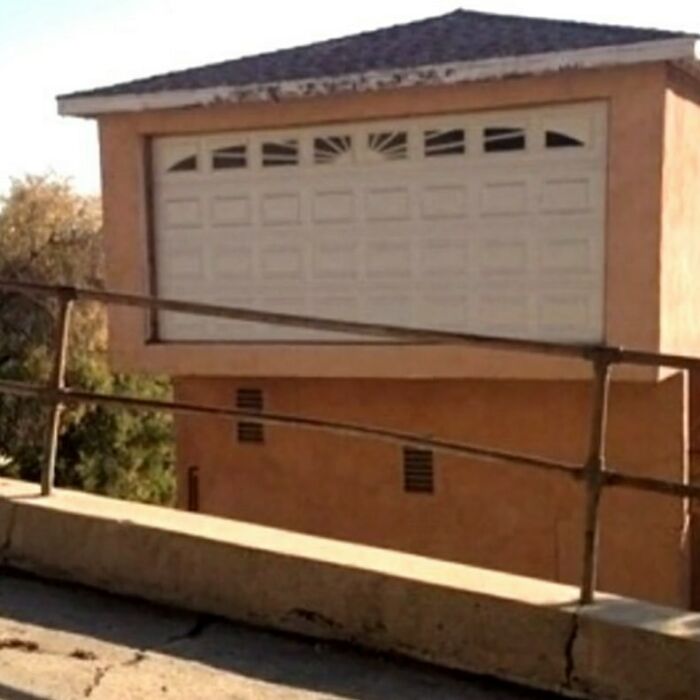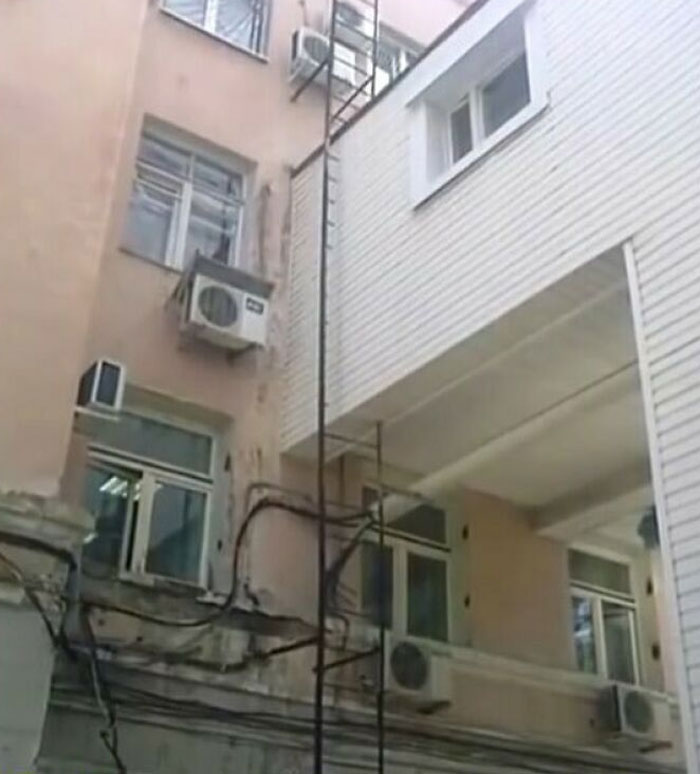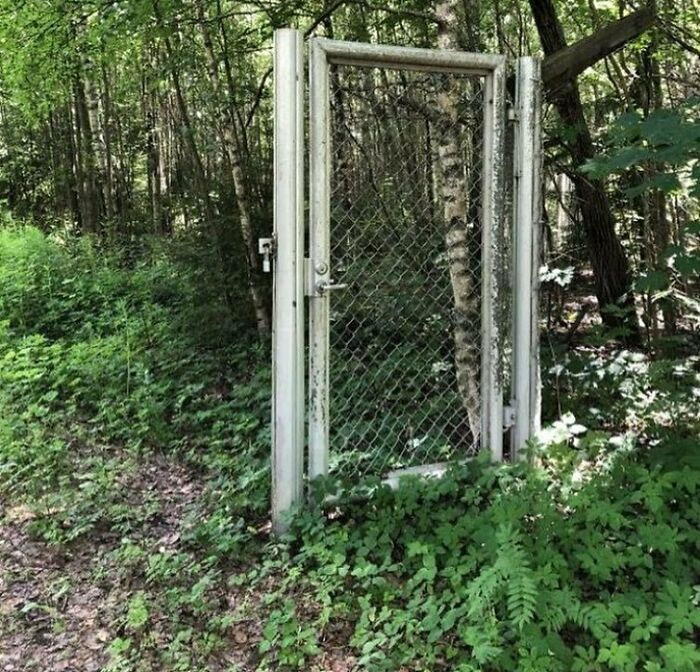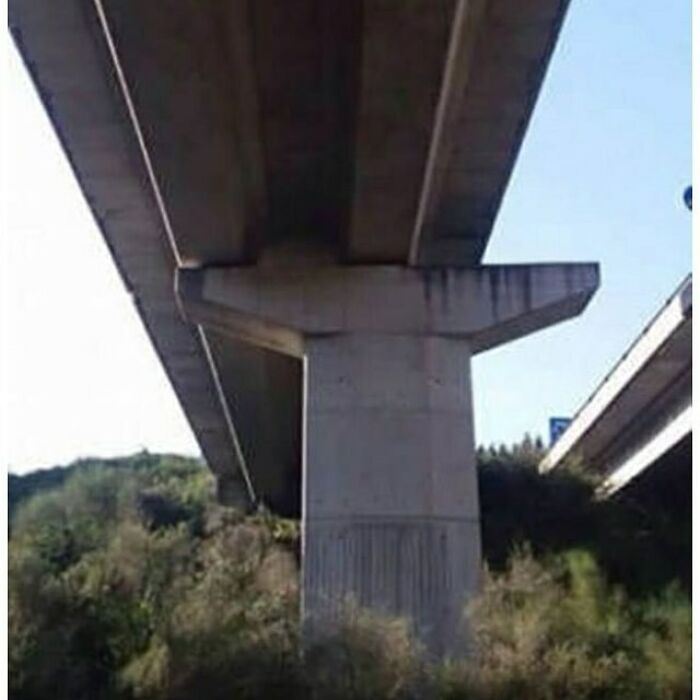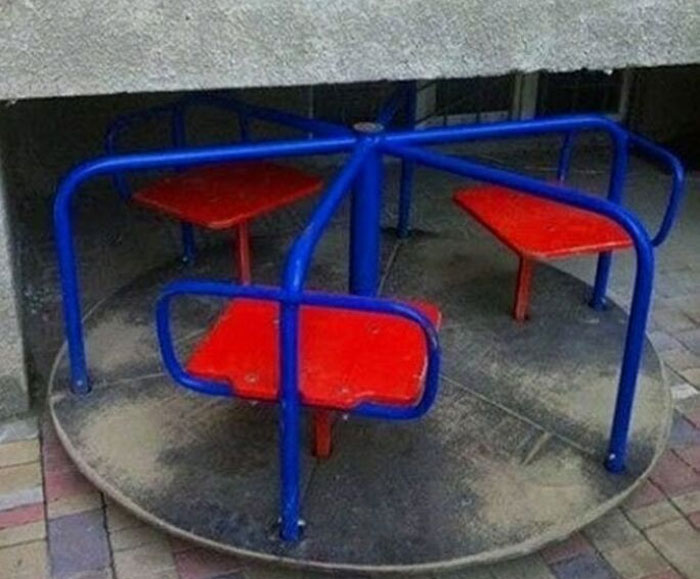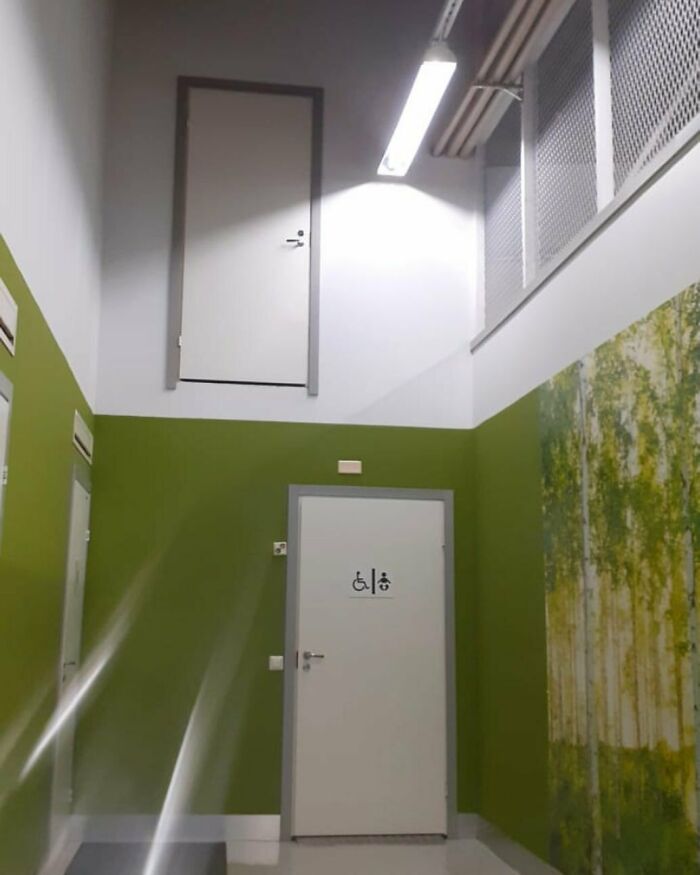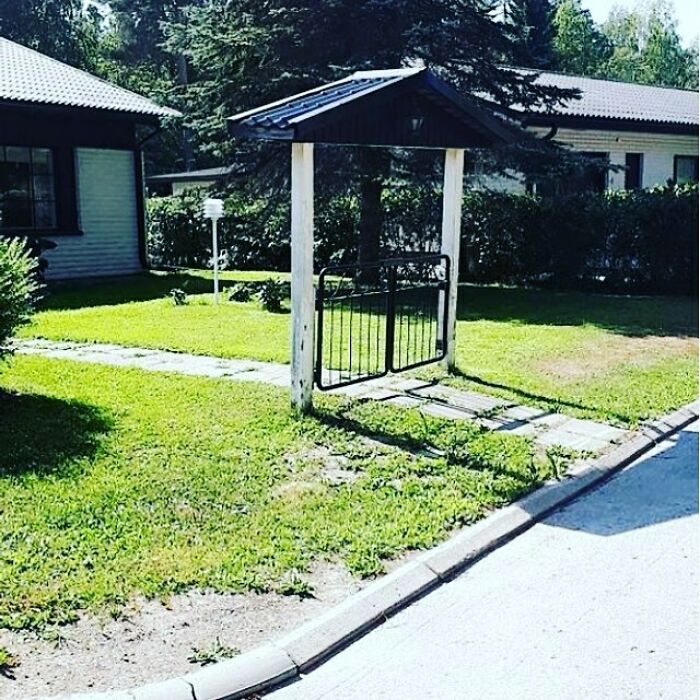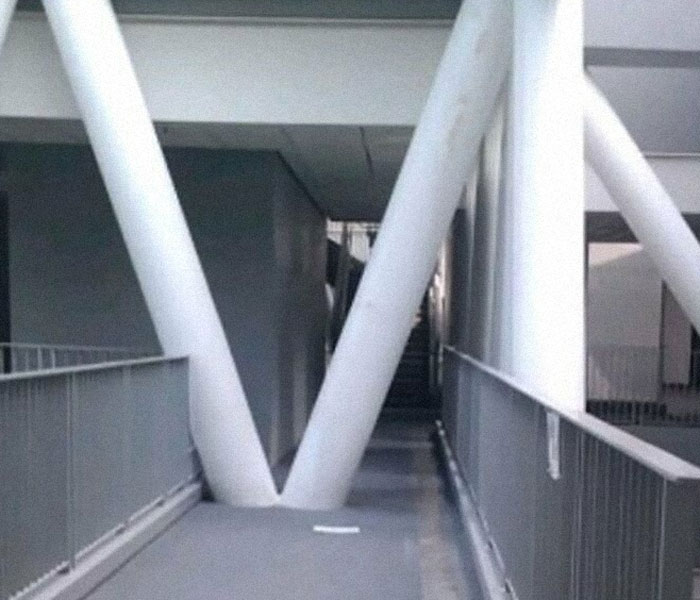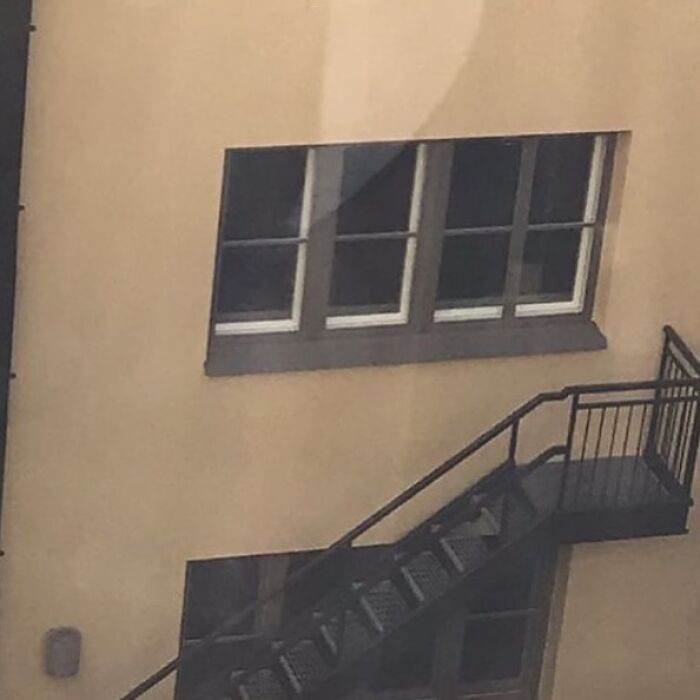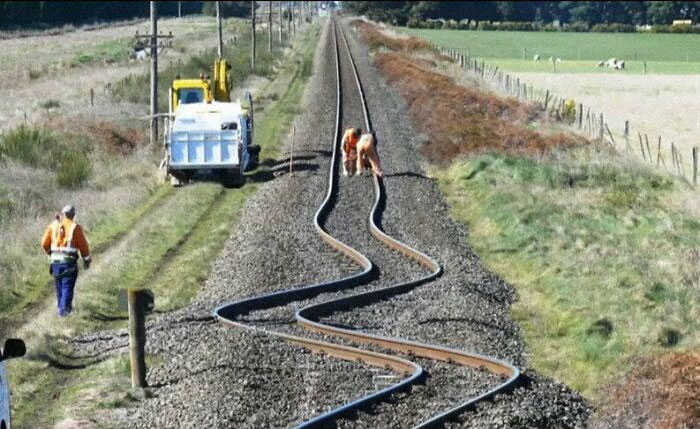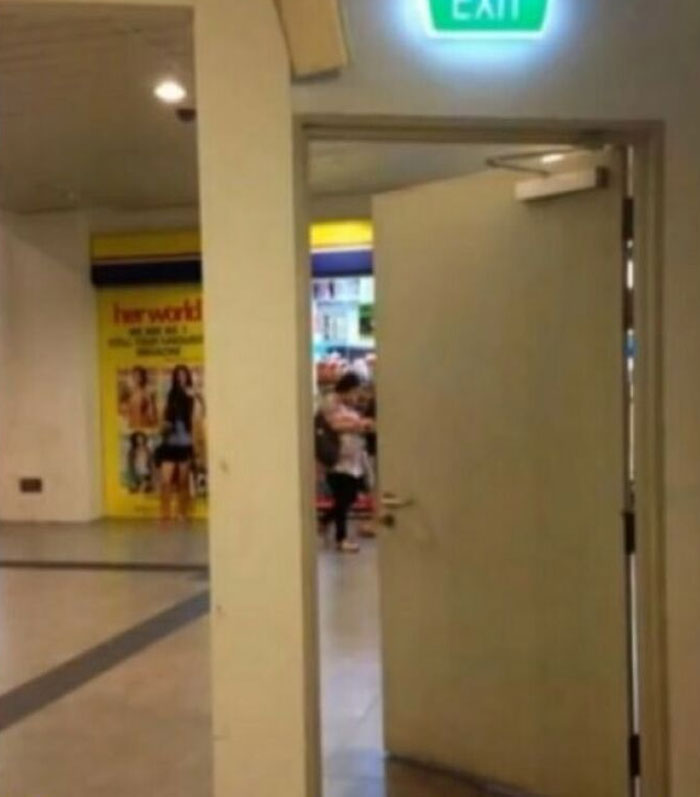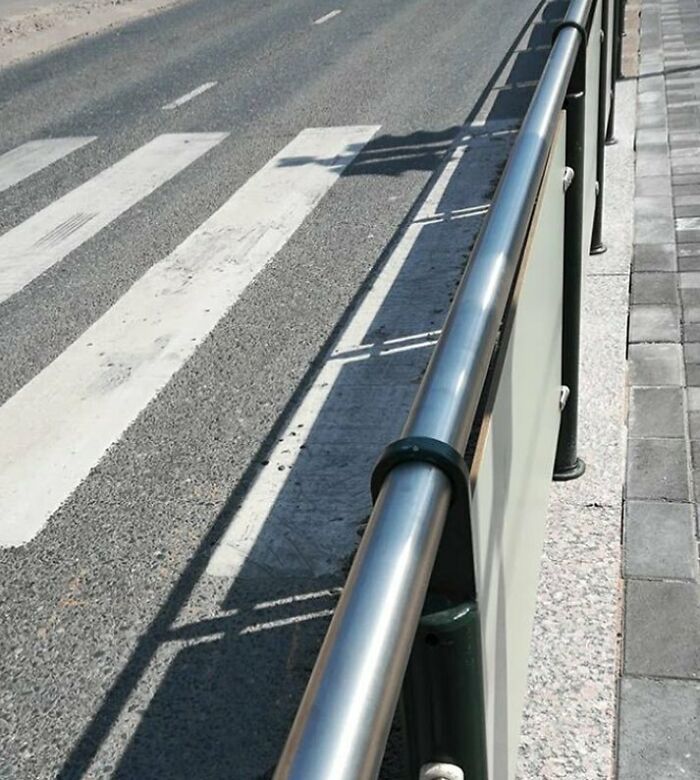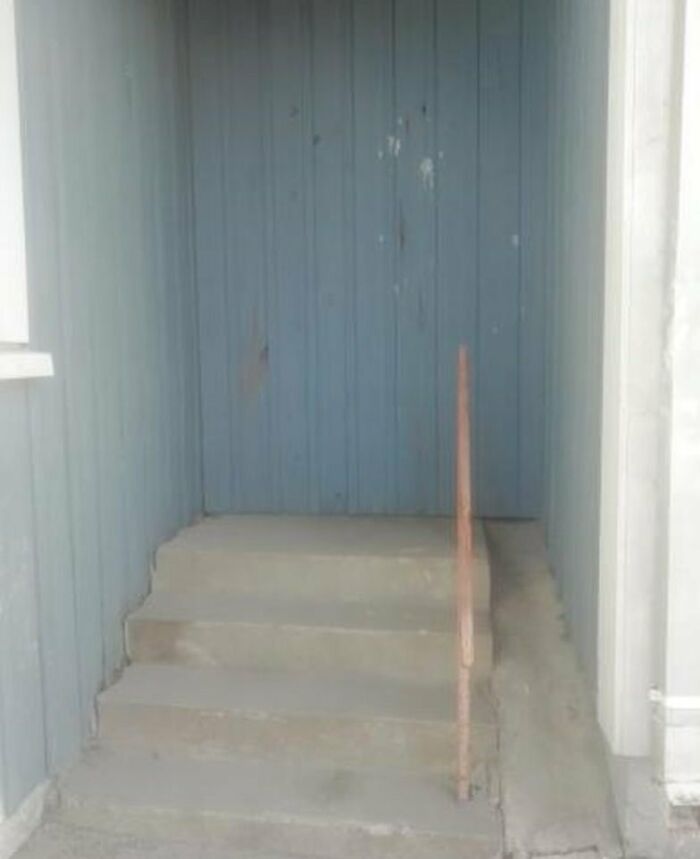
68 Times Construction Workers Had One Job And It Went Hilariously Wrong
Interview With ExpertAs someone with a job, you probably know it’s impossible to give 100% every single day. We all have off days where we’re not at our best. But some professions—like doctors or dentists—demand near-perfect execution because even small mistakes can have big consequences.
Construction is another profession where precision and attention to detail are crucial. Yet, even with the best efforts, small mistakes can lead to hilarious and baffling results. Today, we’ve compiled some construction fails from the Instagram page ‘rakennus_mokat.’ These posts highlight some of the most head-scratching blunders, leaving you laughing and wondering how these projects ever passed inspection. Keep reading to discover some of the most jaw-dropping and bizarre mistakes in construction!
This post may include affiliate links.
I've seen these in hospitals. They allow medical professionals to check on patients using the restrooms.
Construction work is no easy feat. Every detail, from the foundation to the finishing touches, requires immense effort and coordination.
People spend countless hours planning, measuring, and building every aspect of a space, ensuring that everything is functional and safe. But, as impressive as construction is, even the smallest error can lead to some rather amusing—or alarming—blunders.
That's not that bad. Would be better if it didn't slope like that, instead being a half-dome.
God, the top of that picture makes it look like the toilet is behind old western saloon doors.
I guess there was more of a need for washing hands than using the toilet.
To better understand how these mishaps happen and their real-world impact, we spoke with Rahul Mishra, a seasoned construction supervisor with 20 years of experience. With projects spanning across various states in India, Mishra has seen it all—both the good and the downright puzzling.
He began by shedding light on the challenges of the job. “People often think construction is straightforward, but it’s one of the most difficult jobs out there,” he shared. “You’re working with tight deadlines, balancing client demands, and ensuring everything aligns with safety standards. It’s not just building; it’s problem-solving on the go.”
Mishra also highlighted the teamwork involved in construction. “So many people work together on a project that there’s always a chance for miscommunication,” he explained.
“One person might handle fittings, while another focuses on electrical work. If there’s a slip-up in communication, you’ll end up with something odd—like a door that opens into a wall or stairs that lead to nowhere!”
Having worked in diverse regions, Mishra shared how client requirements can sometimes be unusual. “You get bizarre requests sometimes,” he chuckled.
“But our job isn’t to question it—it’s to make it happen. Whether it’s an oddly shaped balcony or a room with no windows, we just do our job.”
This has undoubtedly been closed off because the steps have degraded, making the staircase dangerous. So arguably the materials used may have been a poor design choice for this location (in conjunction with environmental conditions and lack of maintenance), but the fact that the stairs don't currently go anywhere would be a remedial situation, not the intentional design.
Anyone could just walk in. I imagine clunking as one lets go every time.
Mishra emphasized that not all construction blunders result from miscommunication or odd demands. Sometimes, they stem from genuine mistakes. “I remember one case where a worker didn’t know how to install a bidet properly. What was supposed to be a simple installation turned into water spraying in all directions—it was a mess!”
While these mistakes are often fixable, Mishra acknowledged that the costs can be significant. “Rectifying errors can cost a lot of money,” he said. “It’s not just about the materials—you’re paying for labor, revisiting plans, and sometimes even replacing entire sections of work.”
It’s designed for a future lane expansion. There are two of them here and the other has a space in the left side.
Beyond the financial implications, Mishra pointed out the toll these blunders can take on time and energy. “Imagine putting in weeks of effort, only to find out something is wrong. It’s frustrating and exhausting for everyone involved, especially when it means starting over,” he admitted.
Highlighting the risks, Mishra noted that some errors could even pose safety hazards. “If a mistake isn’t caught in time, it can create serious problems down the line. For example, poor plumbing or electrical work can lead to dangerous situations. That’s why attention to detail is crucial.”
As we wrapped up, Mishra concluded with a reflective thought. “At the end of the day, mistakes happen—we’re all human,” he said. “The key is to learn from them and improve. Construction may not always go perfectly, but it’s the collective effort of everyone involved that makes a project successful.”
Too teeny to set up a chair to rest. A big climb to get over the railing.
Well, posts like these are a funny yet important reminder of what not to do in construction! Which one of these blunders did you find the most amusing? Let us know your thoughts in the comments below—we’d love to hear your take!
Doesn't look like a failure to me. More like clever use of the space w/o blocking the walkway.
The bottom right of the picture looks like some sort of projector, which could explain the chandelier being moved over.
Maintenance hatches that one needs a ladder to get to aren't a failure?
So now I'm picturing someone inside opening those doors, then a box truck backs up there to load or unload.
Thats not construction workers fault, that is designers and Project Managers fault. The people who sit at desks and get over-paid, while the construction workers do the manual labour and get under-paid, and then also get the wrath of the owner if things go wrong. I know this because my husband does both design and construction.
Thats not construction workers fault, that is designers and Project Managers fault. The people who sit at desks and get over-paid, while the construction workers do the manual labour and get under-paid, and then also get the wrath of the owner if things go wrong. I know this because my husband does both design and construction.

 Dark Mode
Dark Mode 

 No fees, cancel anytime
No fees, cancel anytime 












